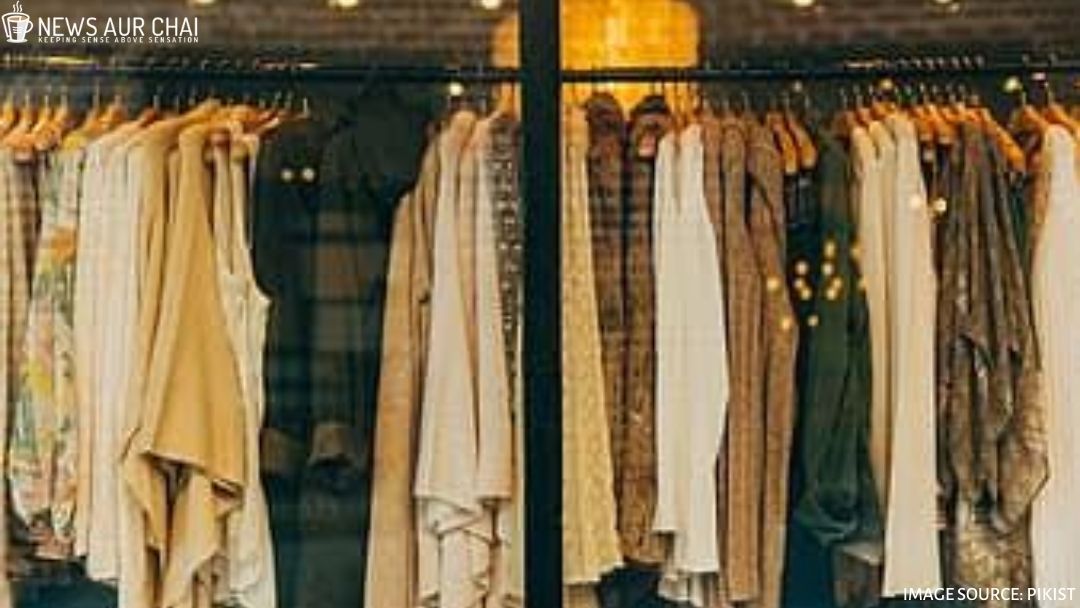
When it comes to the world of fashion, the latest trends are conspicuous. There is a strange attraction to this diverse and vivid world of fashion. However, no matter how many clothes you have in your wardrobe, the newer and trendier will always tempt you, and the next moment you will find it in your shopping cart. Well, we all are victims of this fascinating, diverse world of fashion.
This extravagant popularity has led to the magnificent growth of the industry in the 21st century, valued more than 2.5 trillion dollars, and employing 75 million people worldwide. The production of the apparel doubled from the year 2000 to 2014. It was observed that the average consumer bought 60 per cent more pieces of the garment as compared 15 years ago and has a shelf life of half as long as before and that’s how we gradually entered the era of “fast fashion.”
Had the thought of your wardrobe aiding climate change ever crossed your mind? Have you ever thought where do your clothes go once you dump them and can they damage the environment anyway? Have you ever pondered on the idea of sustainable fashion? Well, if not wholly, but the term does exist.
In the year 2019, Forbes proclaimed “responsible consumerism” amongst the other six global consumer trends. Adding a sense of responsibility in the consumer, the term signifies a trend of leading consumers to brands that help them make more responsible choices. Consumers are now vigilant to problems fashion industry harbours on the environment; hence, a shift in consumer consciousness and consumption pattern was observed.
“Fast fashion” is a contemporary term used by fashion retailers for designs that flow from the catwalk quickly to capture current fashion trends. Cheap, quick, and made with low-quality fabric, trendy clothes is what fast fashion is all about.
It is important to note that fast fashion is slowly wearing over sustainability from its process of production to inventory to disposal.
From overutilization of raw materials in its production to its degradation, which results in the disposal of the inexpensive apparel plus the discharge of its toxic chemicals and colourants, the environment is affected severely.
Well, it might overwhelm you, but the fashion industry accounts for about ten per cent of global carbon emissions, and nearly 20 per cent of wastewater.
In the year 2015, textile production contributed more to greenhouse gases than the emissions of all flights and maritime shipping combined. There are also many underlying ethical crises like over-consumption, unfair trade, and child exploitation. Hence, Fast Fashions brands are now looking for sustainability alternatives.
In response to the changing consumer patterns, focusing on the generation which prefers environment friendly and values ethical consumption, fast fashion brands, such as H&M, Zara, and Uniqlo, have launched sustainable clothing collection. For instance, H&M intended to switch to renewable and sustainable materials by the year 2030 through its Conscious Collection.
Likewise, Uniqlo announced a revised environmental policy in June 2018 that distinguished five areas for action: climate change, resource efficiency and waste management, water stewardship, chemical management, and energy efficiency.
However, it is easier said than done as most of the companies indulge in Greenwashing, which means that the companies try to portray going ‘green’ and intend sustainability than they actually practice and hence fast fashion poses a major concern to the environment. It is a multi-dollar business and an industry which more than examining the trends for its harmful repercussions, encourages it.
The only solution as a customer we can secure to it is by holding on to the old clothes more and not throwing them away after a few uses. Conversing the environment is the responsibility of every individual, hence as much as it is important to call out to such nature-harming practices, it is equally important to not run for every latest trend in the market and cherish your existing wardrobe more often.






One Comment